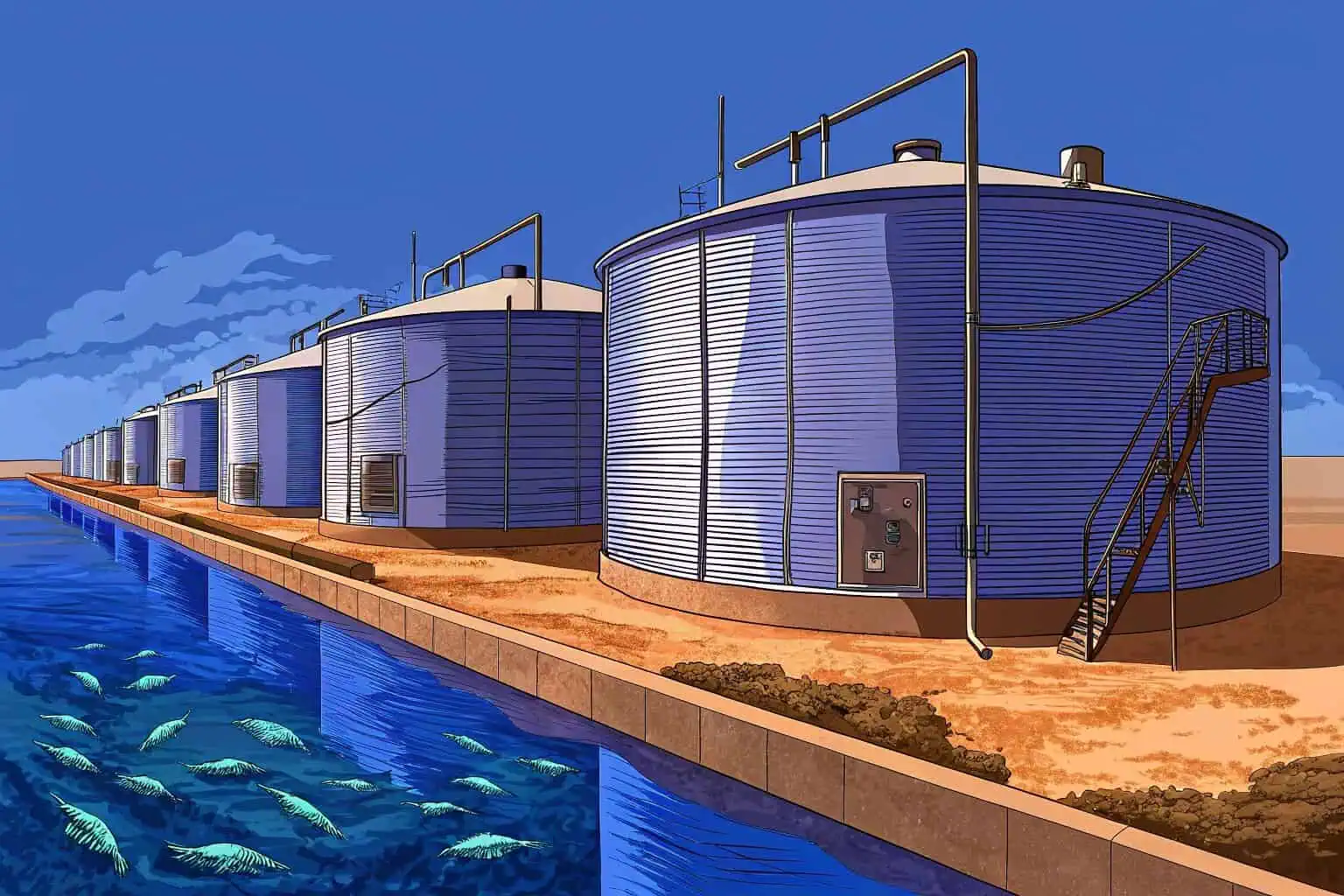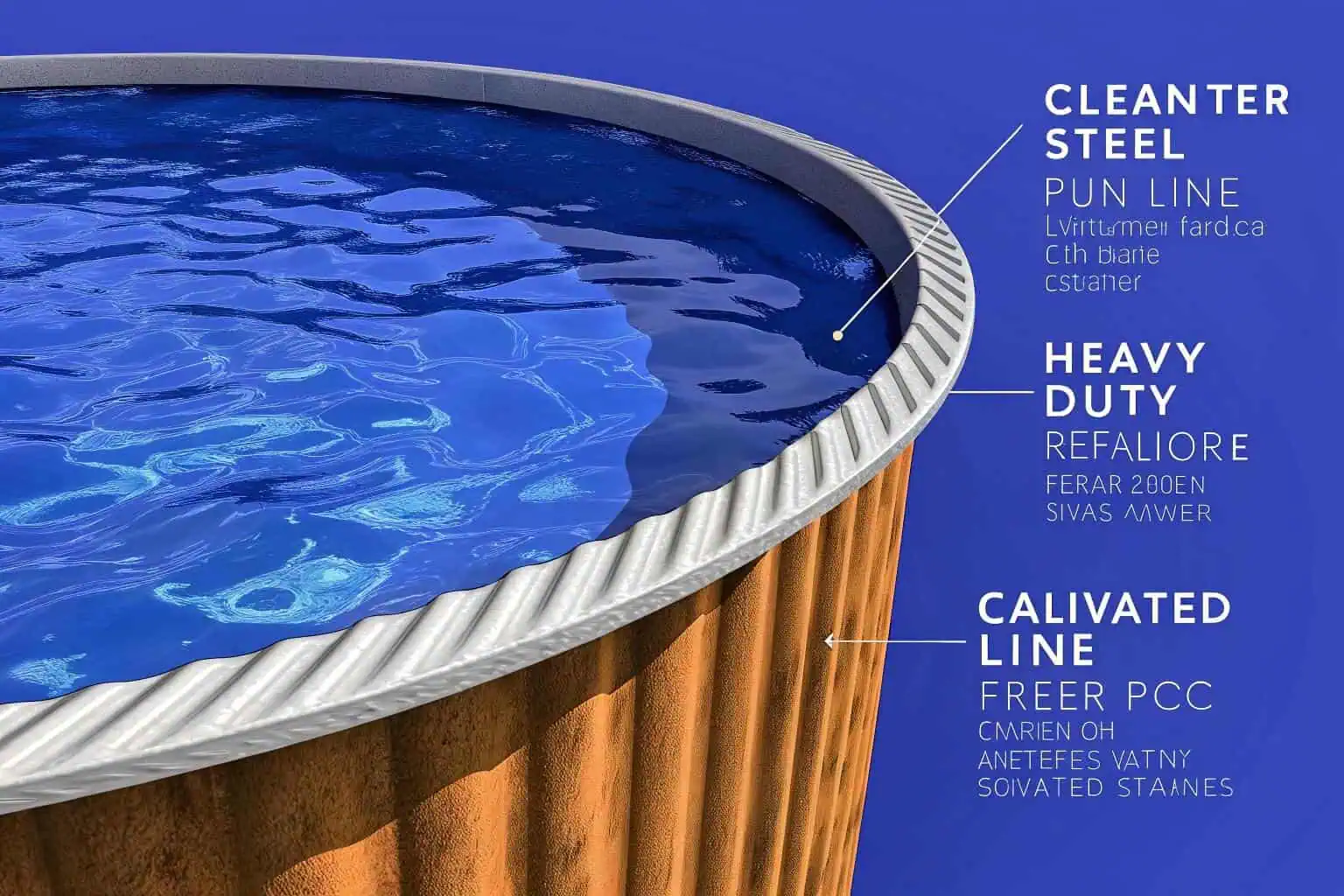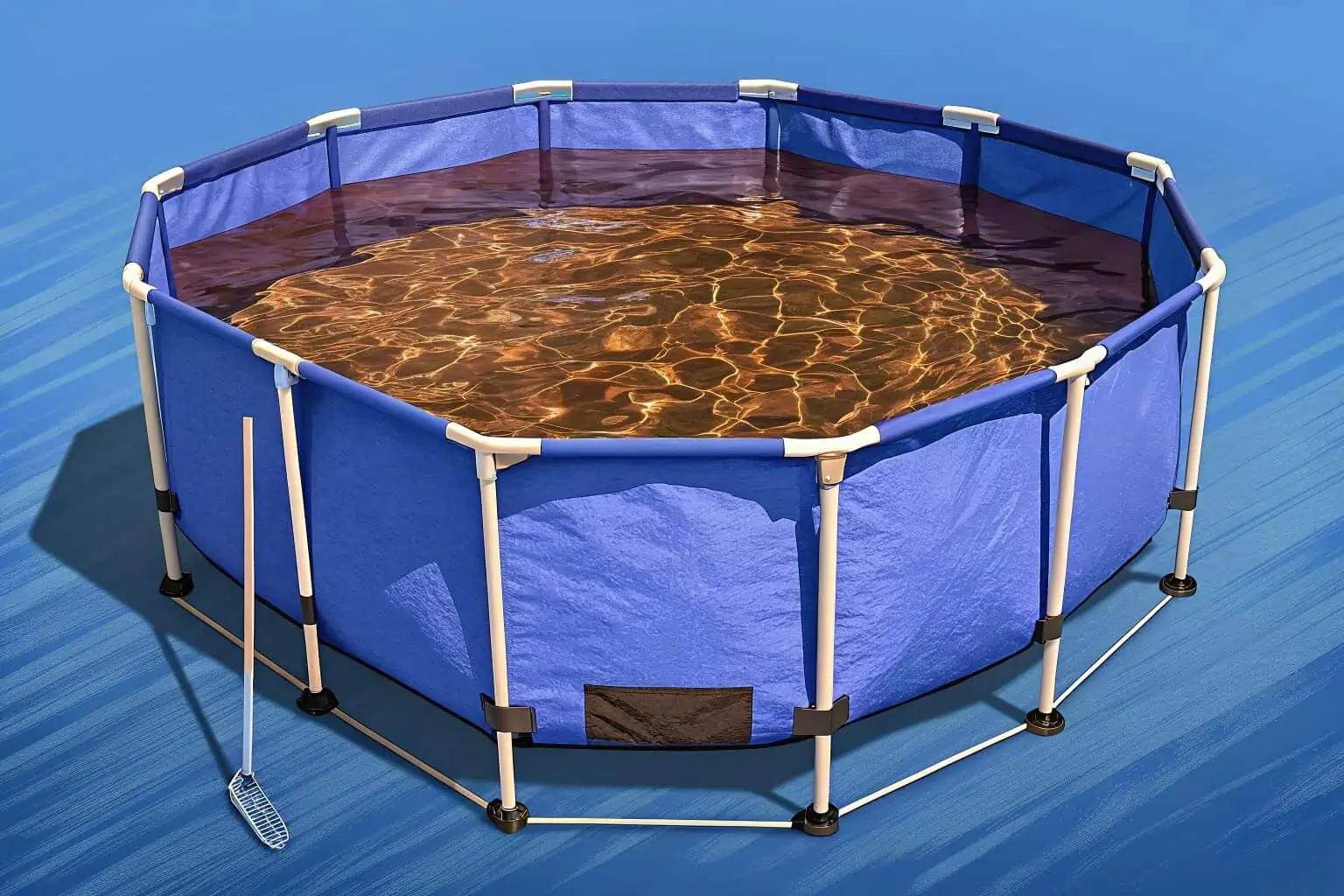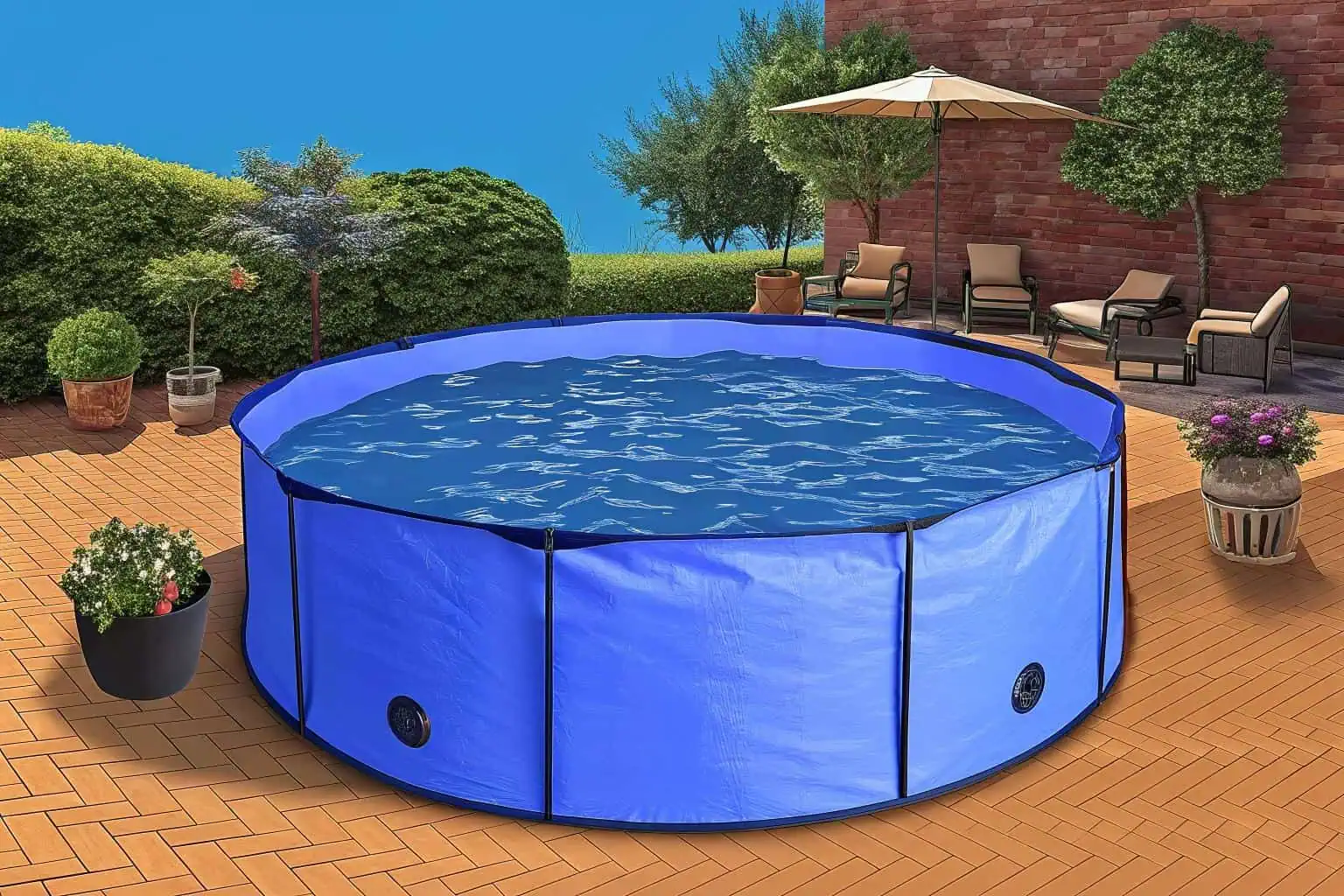What is the easiest fish to raise?
Want to start fish farming but worried about the complexity? You're not alone. The secret is choosing the right fish, making your start simple and successful.
For beginners, the easiest fish to raise are hardy and low-maintenance species like Tilapia and Goldfish. They adapt well to various water conditions, have a fast growth cycle, and are forgiving of common beginner mistakes, ensuring a successful first harvest.

Choosing the right fish is just the first step. To truly succeed, you also need the right equipment and knowledge. Let's explore what makes a fish easy to grow and how you can set up your own simple farm, drawing from my experience in the aquaculture industry. The global demand for sustainable protein is rising, and small-scale fish farming is a fantastic way to meet this need, whether for your family or a local market.
What is the easiest fish to grow?
Dreaming of fresh, homegrown fish but unsure where to start? The learning curve can seem steep. But with the right species, you can enjoy a bountiful harvest with minimal effort.
Tilapia is arguably the easiest fish to grow. It's incredibly resilient, grows quickly, and has a flexible diet. This makes it perfect for small-scale farmers and beginners who want a reliable and fast return on their efforts.

Based on my observations, the choice of fish is critical for newcomers. Tilapia stands out because it minimizes the initial challenges of fish farming1. Their natural hardiness means they can withstand common beginner errors, such as slight overfeeding or temporary dips in water quality, giving you valuable time to learn and correct your course without losing your stock.
Why Tilapia is a Top Choice
Tilapia thrives in a wide range of environments and can tolerate lower water quality2 than many other fish, which is a huge advantage for beginners still learning water management. Their diet is simple, often consisting of algae and manufactured feeds. This adaptability reduces the risk and the learning curve, which I've seen is a major barrier for people entering the industry. Furthermore, their rapid growth rate3 means you can go from fingerling to harvest in just a few months, providing a quick sense of accomplishment and a faster return on your initial investment.
Getting Started with Tilapia
To start, you'll need a suitable container. From my experience helping clients, a collapsible fish pond4 is a fantastic choice because it's so easy to set up. You'll also need a reliable water source and a basic aeration system. The short growth cycle of Tilapia, typically 4-6 months, means you can see results, learn from the experience, and adapt your methods quickly. I've seen first-time farmers in urban areas have great success using our collapsible tanks on rooftops and in backyards, proving that you don't need a large plot of land to become a fish farmer.
| Feature | Tilapia5 | Other Species (e.g., Trout) |
|---|---|---|
| Water Temp | Tolerant (20-30°C) | Strict (10-18°C) |
| Diet | Omnivorous | Carnivorous |
| Growth Rate | Fast (4-6 months) | Slower (12-18 months) |
| Hardiness | Very High | Moderate |
Which fish is easiest to farm?
Thinking about fish farming on a larger scale? The complexity of managing a farm can be daunting. But choosing the right fish simplifies everything from setup to harvest.
From a farming perspective, Tilapia remains one of the easiest fish to cultivate commercially. Its rapid growth, high breeding rate, and resistance to disease reduce risks and operational costs, making it a profitable choice for both new and experienced farmers.

In my role as a consultant, I've seen how the B2B market in aquaculture6 is booming, and the demand for reliable, easy-to-farm species is at an all-time high. The industry is projected to grow significantly by 2030, and much of this growth is driven by accessible species like Tilapia that allow new entrepreneurs to enter the market with confidence.
The Business Case for Tilapia
I always recommend Tilapia to new agricultural businesses. Its market is well-established, and the operational requirements are significantly lower than for more sensitive species. This allows farmers to focus on scaling their operations rather than constantly troubleshooting. The B2B market, which includes everyone from restaurant suppliers to large distributors, values consistency, and Tilapia delivers that reliably. A client of mine in the Philippines started with a few of our tanks and now supplies several local restaurant chains, a testament to the scalability of this model.
Essential Farming Equipment
Successful farming isn't just about the fish; it's about the system. Our galvanized pipe and sheet fish tanks7 provide the durable, corrosion-resistant environment needed for commercial farming. I've personally seen clients in Southeast Asia use these tanks to build highly efficient farms even with limited space. They often integrate them with rainwater collection systems8 to tackle water scarcity—a brilliant example of the innovation driving this industry. The right equipment is a long-term investment that pays for itself in reduced maintenance and higher yields.
| Feature | Galvanized Pipe Tank | Galvanized Sheet Tank | Collapsible Plastic Tank |
|---|---|---|---|
| Structure | Frame of galvanized steel tubes | Walls of corrugated galvanized sheets | PVC liner with plastic tube frame |
| Durability | Very high, corrosion-resistant | High, sturdy construction | Moderate, portable |
| Best For | Commercial farms, long-term setups | Large-scale aquaculture, breeding | Hobbyists, temporary pools, beginners |
| Portability | Low | Low | Very High |
What is the easiest fish to keep for beginners?
Are you a hobbyist looking to keep fish for the first time? It can feel overwhelming with so many options. The key is to start with a fish that forgives your mistakes.
For absolute beginners, Goldfish are a classic and excellent choice. They are incredibly hardy, don't require heated water, and are happy in smaller tanks or even our collapsible plastic fish ponds. Their simple needs make them a joy to keep.

My first pet was a goldfish9, a story I share with many. This shared experience highlights why they are the perfect entry point into the world of aquatic life. They are visually engaging, relatively inexpensive, and their care requirements teach the fundamental principles of fish keeping10 in a very manageable way.
Why Goldfish are Beginner-Friendly
Goldfish can handle fluctuations in water parameters that would harm other, more delicate fish. This natural resilience gives you a crucial buffer period. It allows you time to learn about the nitrogen cycle11, the importance of water changes12, and proper feeding without the constant stress of potentially harming your new pet. They are a very forgiving first fish. I often tell new hobbyists that if you can keep a goldfish happy, you have the basic skills to keep almost any common aquarium fish.
Setting Up a Home for Your Goldfish
You don't need a complex or expensive setup. A simple, portable fish tank13 is perfect for a few goldfish. Our plastic tube tanks are lightweight and easy to clean, which is a huge plus. Just remember that even the hardiest fish need clean water to thrive. A regular partial water change14 and a good, simple filter will keep them healthy and active. This basic routine is the foundation of all responsible fish-keeping. Don't overcrowd the tank; a good rule of thumb is one inch of fish per gallon of water.
| Item | Description | Why it's Good for Beginners |
|---|---|---|
| Tank | Collapsible Plastic Fish Tank | Lightweight, easy to set up and clean. |
| Filtration | Simple sponge or hang-on-back filter | Effective at cleaning without complex plumbing. |
| Water Care | Dechlorinator and weekly partial water changes | Easy routine to maintain a healthy environment. |
| Food | High-quality goldfish flakes or pellets | Simple to dose, provides all necessary nutrients. |
What is the most low maintenance fish?
Life is busy, but you still want the tranquility of an aquarium or pond? High-maintenance fish can feel like a chore. The solution is a species that practically takes care of itself.
When it comes to low maintenance, it's hard to beat Tilapia and Goldfish. Both are exceptionally tough and don't demand precise water conditions or specialized diets. They are the perfect "set and forget" fish for busy individuals or large-scale, low-cost farming operations.

I've worked with many clients, from small farm owners to resort operators, who all have one thing in common: they need low-maintenance solutions15 that deliver results without constant oversight. The goal is to create an aquatic environment that is largely self-sufficient, freeing you up to focus on other priorities.
The "Low-Maintenance" Lifestyle
Choosing a low-maintenance fish16 means less time spent on daily water testing and more time enjoying the beauty of your pond or aquarium. This is a critical factor not just for hobbyists, but for businesses. For a resort, a beautiful, low-maintenance water feature17 is an asset. For a small farm, it means lower labor costs and higher profitability. The choice of species is a fundamental business and lifestyle decision. This approach allows you to enjoy the benefits of having fish—whether for food, profit, or pleasure—without being burdened by excessive work.
Creating a Self-Sustaining Ecosystem
You can further reduce maintenance by creating a balanced system. For example, combining Tilapia farming18 with a simple aquaponics setup19 allows fish waste to fertilize plants, which in turn clean the water for the fish. In my work, I've seen how integrating systems, like using our durable tanks with rainwater harvesting, creates a more sustainable and less labor-intensive operation. This is the future of easy, accessible fish farming for everyone. These integrated systems mimic natural ecosystems, creating a stable environment where the fish can thrive with minimal intervention from you.
| System | Components | Benefit |
|---|---|---|
| Aquaponics | Fish tank, grow bed, water pump | Fish waste fertilizes plants; plants clean the water. |
| Rainwater Harvesting | Collection system, storage tank (like our pillow tanks) | Reduces reliance on municipal water, lowers costs. |
| Integrated Pest Management20 | Companion planting, beneficial insects | Avoids chemical pesticides, safer for fish and plants. |
Conclusion
In short, starting with a hardy fish like Tilapia or Goldfish is the key. They remove the usual complexities, making your entry into fish farming smooth and rewarding.
-
This resource will guide you through essential steps and tips for successful fish farming, especially for beginners. ↩
-
Understanding water quality is crucial for successful fish farming, ensuring healthy growth and minimizing risks. ↩
-
Exploring the rapid growth rate of tilapia can reveal how it enhances profitability and shortens the time to market. ↩
-
Explore this link to discover how collapsible fish ponds can enhance your aquaculture setup, making it easier and more efficient. ↩
-
Learn why Tilapia is favored in fish farming, including its fast growth and adaptability, making it ideal for beginners. ↩
-
Explore this link to understand the latest trends and opportunities in the B2B aquaculture industry, essential for strategic planning. ↩
-
Explore this resource to understand how galvanized tanks provide durability and efficiency for large-scale aquaculture. ↩
-
Learn how integrating rainwater collection can help address water scarcity in aquaculture operations. ↩
-
Explore this resource to learn how to properly care for goldfish and ensure they thrive in your aquatic setup. ↩
-
This guide provides fundamental principles of fish keeping, perfect for beginners looking to start their aquatic journey. ↩
-
Understanding the nitrogen cycle is essential for maintaining a healthy aquarium environment, especially for beginners. ↩
-
Proper water change practices are crucial for fish health and water quality management. ↩
-
Explore this resource to find lightweight, easy-to-clean tanks perfect for beginner fish-keepers. ↩
-
Learn effective techniques for maintaining clean water and keeping fish healthy with this guide. ↩
-
Explore this resource to discover effective, easy-to-manage solutions for sustainable aquatic environments. ↩
-
Explore this resource to find fish species that require minimal care, ideal for hobbyists and businesses seeking easy-to-maintain water features. ↩
-
Learn expert tips on designing and maintaining water features that enhance aesthetics with less effort, perfect for resorts and farms. ↩
-
Explore this resource to learn effective techniques for sustainable and productive Tilapia farming. ↩
-
Discover comprehensive guides on building and maintaining a successful aquaponics system for sustainable farming. ↩
-
Explore this link to learn effective, eco-friendly pest control methods that protect your fish and plants in aquaponics. ↩